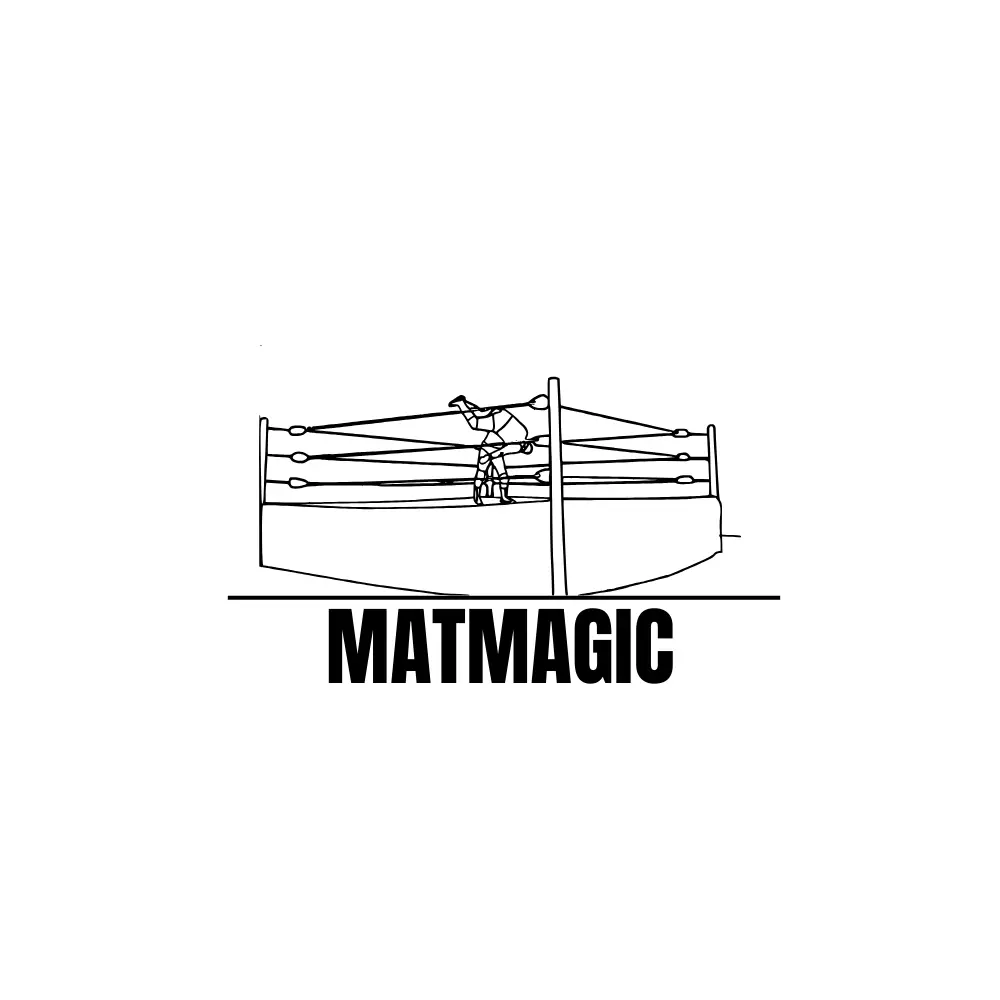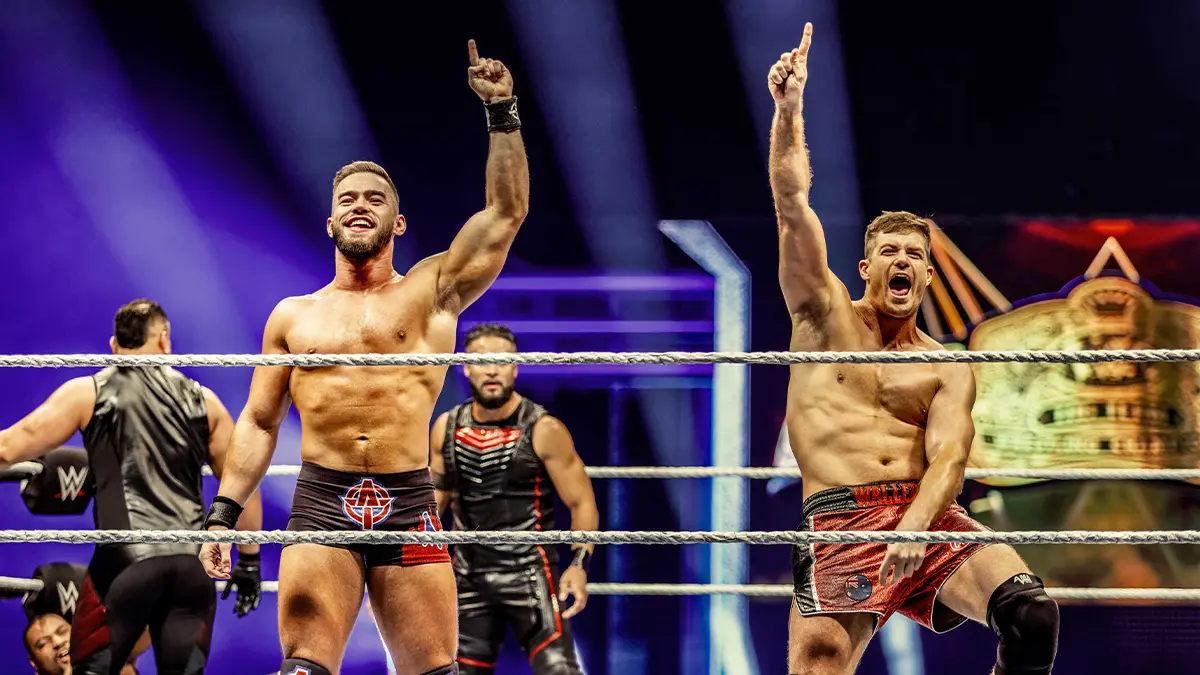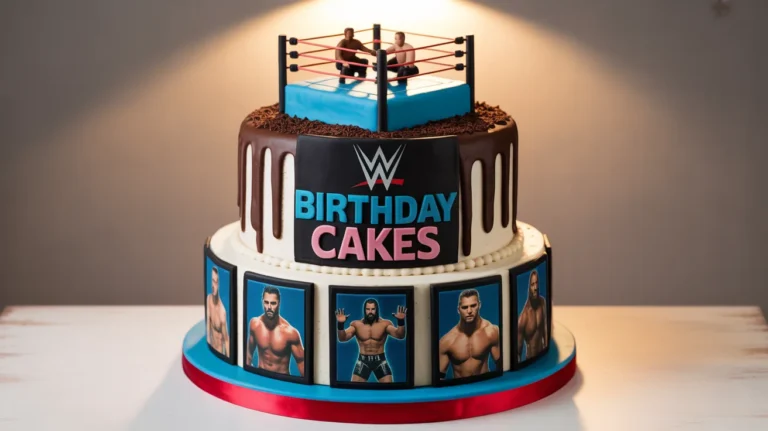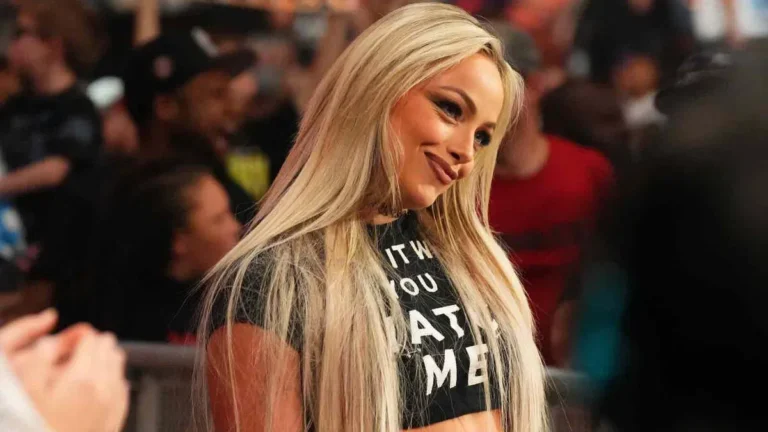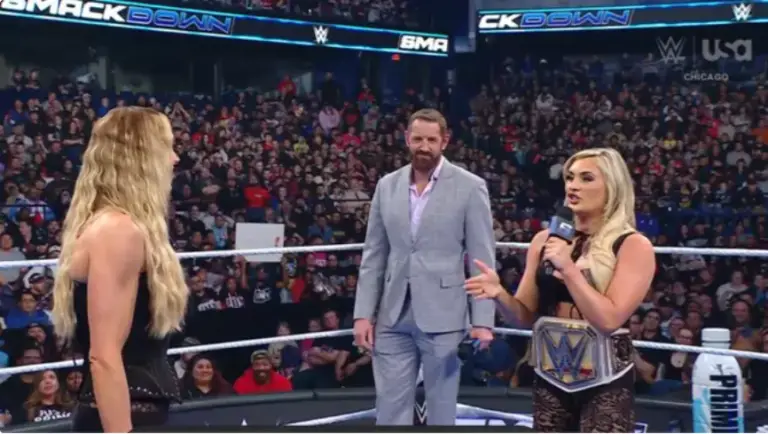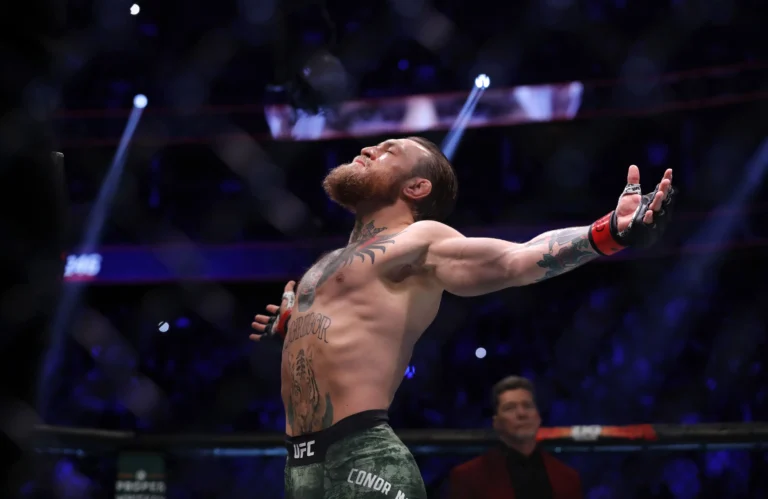The Rock’s iconic eyebrow raise. “Stone Cold” Steve Austin’s glass-shattering entrance. Hulk Hogan ripping his shirt. These aren’t just wrestling moments – they’re part of our cultural DNA.
1. The Hulkamania Revolution: 1980s Takeover
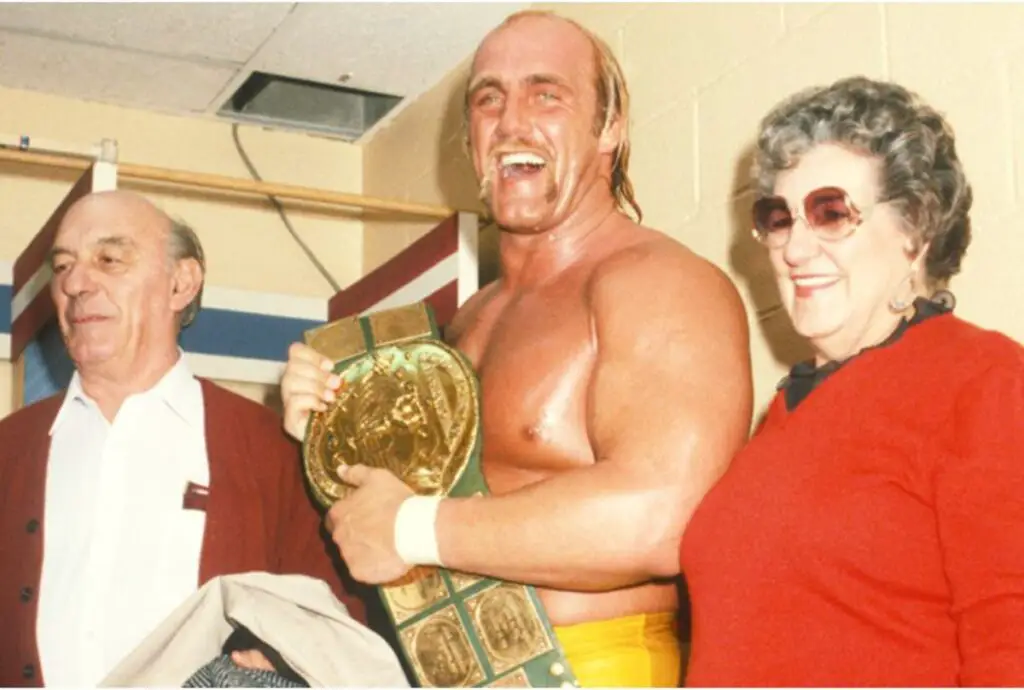
Remember when Hulk Hogan body-slammed Andre the Giant at WrestleMania III? That wasn’t just a wrestling move – it was a cultural earthquake that shook 93,173 fans at the Pontiac Silverdome. The 80s saw wrestling leap from smoke-filled arenas to prime-time TV, with Hulk Hogan leading a merchandise empire that had kids everywhere training, saying their prayers, and eating their vitamins.
WWF action figures outsold Star Wars toys. MTV embraced “Rock ‘n’ Wrestling.” Cyndi Lauper joined forces with Captain Lou Albano. Suddenly, wrestling wasn’t just wrestling – it was cool.
2. The Attitude Era: When Wrestling Got Real (1997-2002)
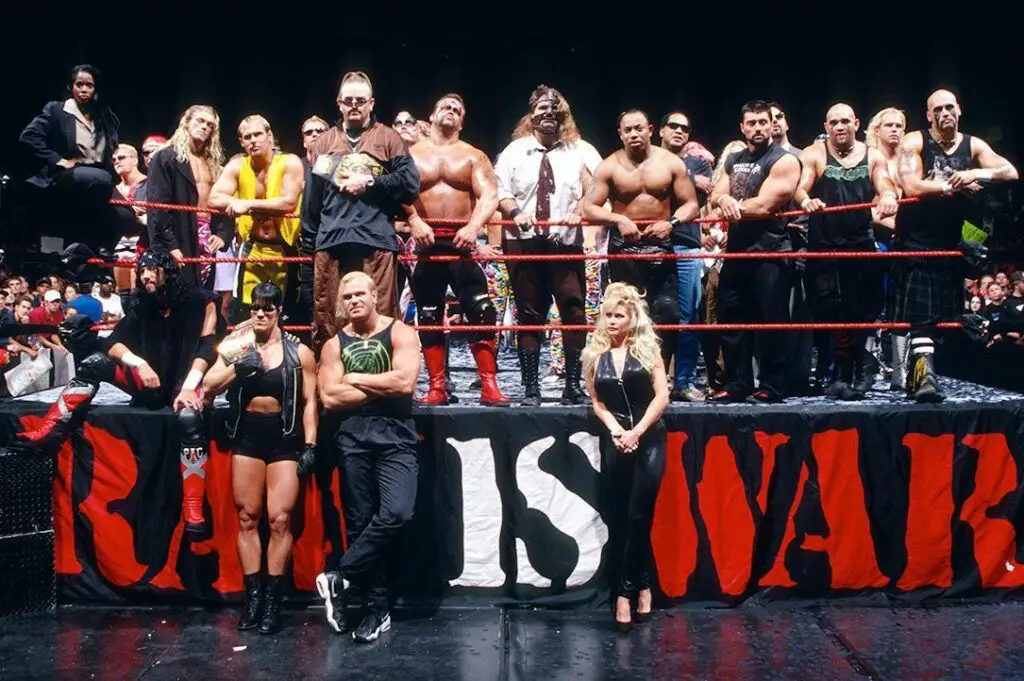
The 90s hit different. As WCW and WWF went to war, something extraordinary happened. Stone Cold Steve Austin wasn’t a superhero – he was a beer-drinking, middle-finger-raising antihero who resonated with millions. The Rock wasn’t just a wrestler; he was a catchphrase machine who turned “Do you smell what The Rock is cooking?” into a global phenomenon.
This era gave us DX’s irreverent humor, The Rock’s electrifying promos, and Mankind’s death-defying stunts. Wrestling dominated water cooler conversations. “Austin 3:16” wasn’t just a catchphrase – it was the best-selling wrestling shirt of all time.
3. Beyond the Ring: WWE’s Hollywood Takeover
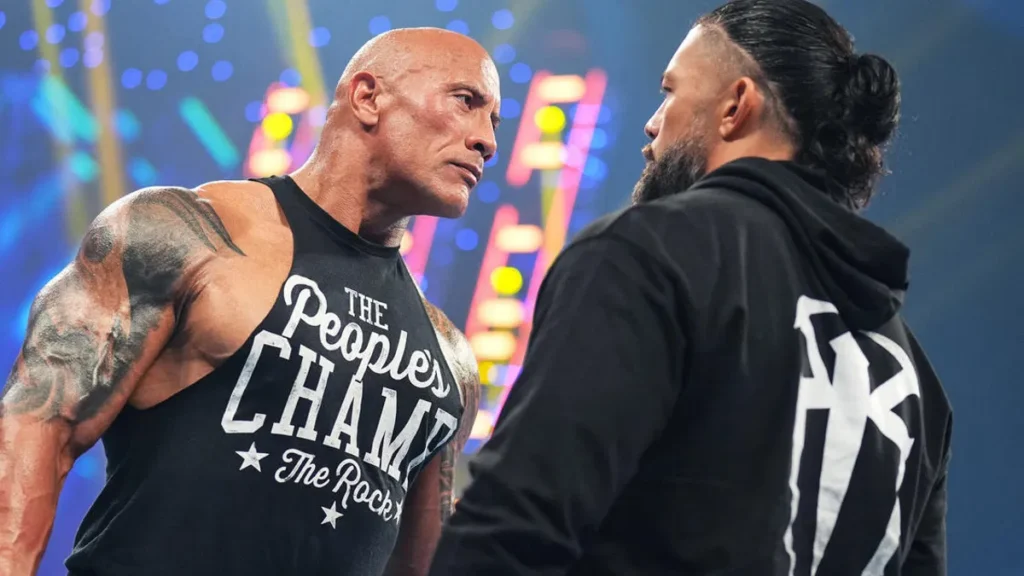
Think The Rock’s just another action star? Think again. WWE’s influence in Hollywood runs deeper than you’d imagine. John Cena went from “You Can’t See Me” to box office gold. Dave Bautista transformed from Evolution muscle to Guardian of the Galaxy.
But it’s more than just stars – WWE’s storytelling style revolutionized reality TV. Those dramatic confessionals? That heightened reality? Pure wrestling influence. Shows like “Total Divas” and “Tough Enough” proved wrestling could do reality TV better than reality TV itself.
4. Changing the Game: Social Media and Streaming
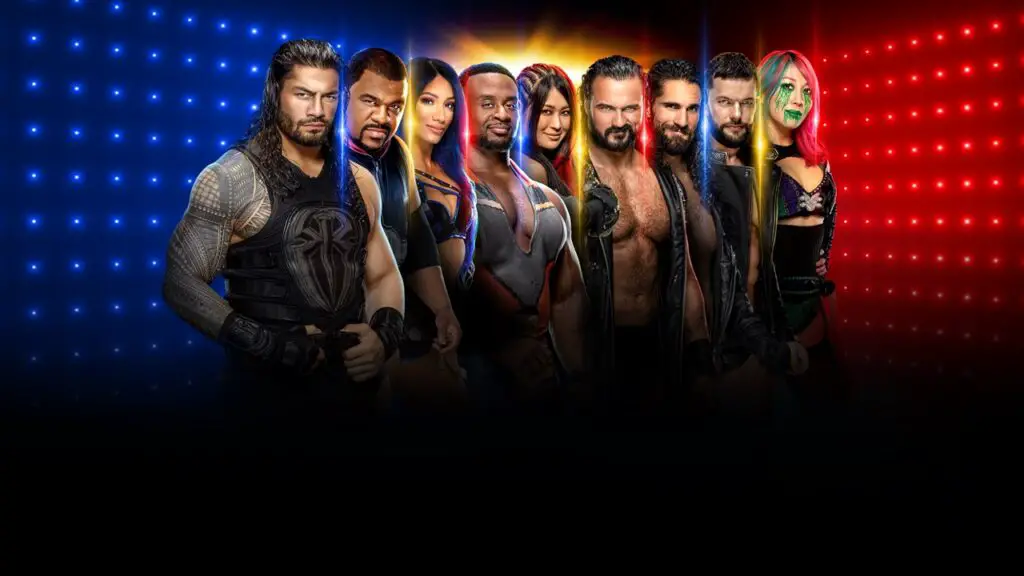
WWE didn’t just adapt to social media – they mastered it. When The New Day started a YouTube gaming channel, it wasn’t just about wrestling anymore. Xavier Woods built a gaming empire with UpUpDownDown, proving wrestlers could be content creators too.
Remember when WWE Network launched? Everyone thought they were crazy to abandon traditional pay-per-view. Now? Every major sport has its own streaming service. WWE didn’t follow trends – they created them.
5. The Meme Factory: Wrestling’s Digital Legacy

Wrestling memes aren’t just funny – they’re cultural currency. Vince McMahon’s strut. Randy Orton’s RKO outta nowhere. The Undertaker throwing Mankind off Hell in a Cell. These moments transcended wrestling to become part of internet language.
When a politician gets metaphorically bodyslammed in a debate? That’s a wrestling reference. When someone posts “BAH GAWD, THAT MAN HAS A FAMILY!” – that’s Jim Ross’s influence reaching far beyond wrestling.
6. Breaking Barriers: Women’s Evolution
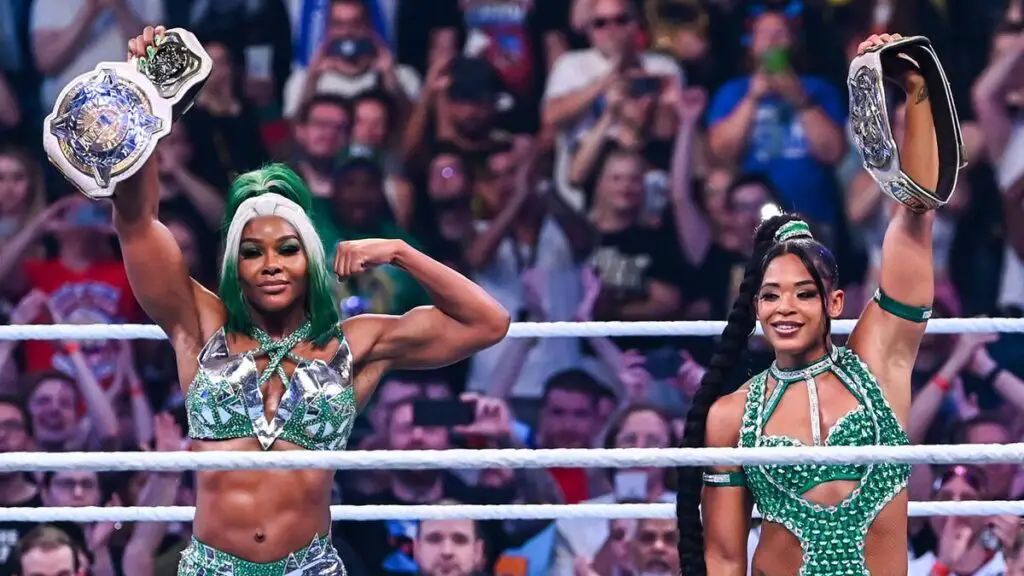
The Women’s Revolution wasn’t just about wrestling – it was a cultural statement. When Charlotte Flair, Becky Lynch, and Ronda Rousey headlined WrestleMania 35, they didn’t just make wrestling history. They proved women could carry a major sports entertainment event, period.
From bra and panties matches to technical masterpieces, the evolution of women’s wrestling mirrored society’s changing attitudes. Sasha Banks vs. Bayley at NXT TakeDown: Brooklyn wasn’t just a great match – it was a cultural turning point.
7. The New Generation: TikTok, Gaming, and Beyond
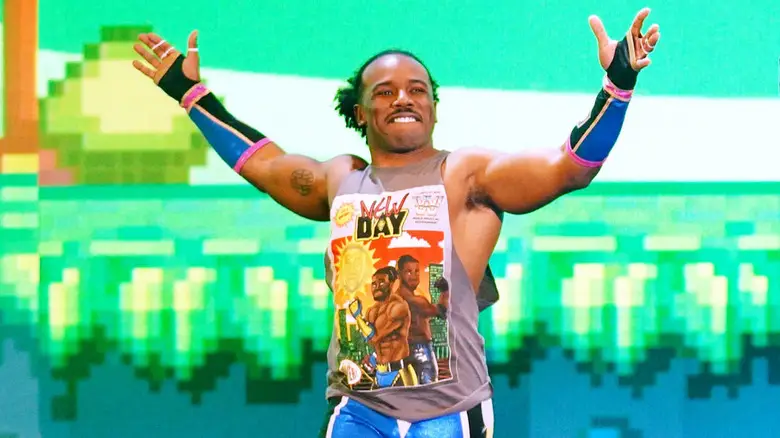
Today’s WWE superstars aren’t just wrestlers – they’re multi-platform entertainers. Logan Paul brought YouTube culture to wrestling. Xavier Woods conquered Twitch. Becky Lynch’s Twitter game rivals her in-ring skills.
Wrestling terminology has invaded everyday life. Getting “buried” at work? That’s wrestling lingo. Someone’s a “heel” in your friend group? Wrestling term. “Cut a promo” in a meeting? You’re speaking WWE.
8. Fashion & Music: WWE’s Unexpected Influence
Wrestling’s impact on fashion runs deeper than you’d think. The nWo’s black and white gear sparked a streetwear revolution. Rey Mysterio made lucha masks mainstream fashion accessories. And let’s be real – how many leather jackets did Stone Cold sell?
Music got the WWE treatment too. From John Cena’s rap album to The Rock’s verse on Tech N9ne’s “Face Off,” wrestlers shaped music culture. Remember when Motorhead played Triple H to the ring at WrestleMania? That’s metal culture meeting sports entertainment head-on.
9. The Catchphrase Factory
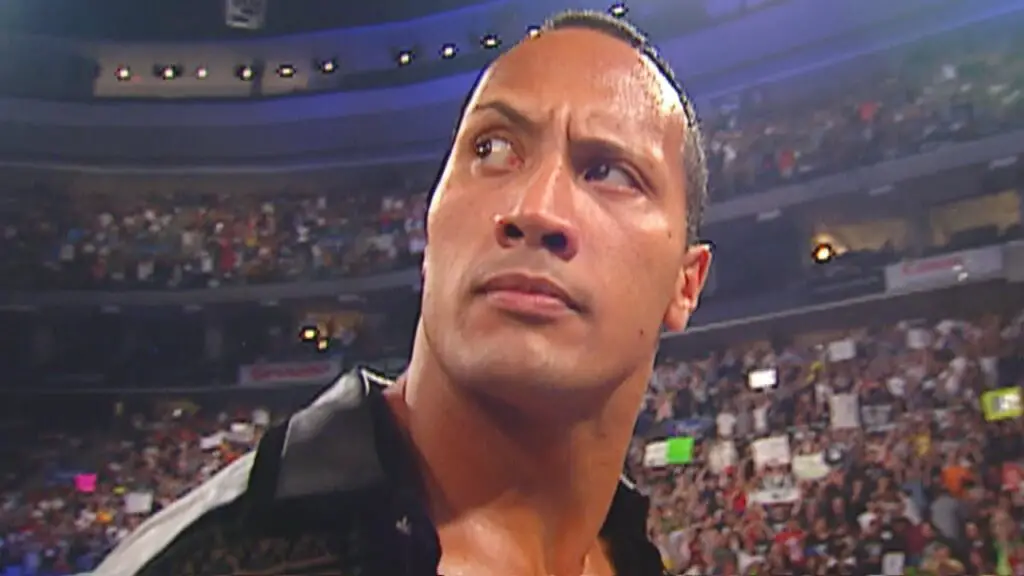
WWE didn’t just create catchphrases – they revolutionized how we talk. “Can you smell what The Rock is cooking?” “Whatcha gonna do, brother?” “YES! YES! YES!” These aren’t just wrestling lines – they’re part of our everyday language.
When politicians “lay the smackdown” on their opponents or someone calls a comeback “Austin 3:16 moments,” that’s WWE’s linguistic legacy in action. The Ultimate Warrior’s intense promos might’ve been nonsense, but they changed how we view larger-than-life personalities forever.
10. Gaming Revolution: From Pixels to PlayStation
WWE games didn’t just entertain – they innovated. WWF No Mercy for N64 set standards for fighting game controls that developers still reference today. The SmackDown vs. Raw series showed how storytelling could work in sports games.
Today’s WWE 2K games aren’t just wrestling simulators – they’re character creators, story generators, and social platforms where fans recreate classic moments and craft new ones.
11. Corporate Culture & Leadership
Vince McMahon’s “No Chance in Hell” wasn’t just an entrance theme – it became a blueprint for heel boss characters in media. Shows like “Billions” and “Succession” owe a debt to Mr. McMahon’s corporate villain playbook.
The “brass ring” mentality? That’s WWE terminology that’s infiltrated corporate America. When bosses talk about “grabbing opportunities” or “making yourself heard,” they’re channeling their inner WWE superstar, whether they know it or not.
The Ultimate Pop Culture Pipeline
From reality shows to superhero movies, WWE’s DNA is everywhere. Those dramatic camera cuts in action scenes? WWE pioneered them. Reality show confessionals? Wrestling promos got there first. Even YouTube influencers’ exaggerated personalities owe something to wrestling’s larger-than-life characters.
Think about it – where else could The Rock perfect his charisma before conquering Hollywood? When did John Cena learn to balance humor and intensity before becoming a blockbuster star? WWE isn’t just a wrestling company – it’s a pop culture finishing school that’s given us some of entertainment’s biggest stars.
And that’s what makes WWE unique. It’s not just about wrestling – it’s about creating moments, personalities, and stories that transcend the ring. In a world of fleeting viral trends, WWE’s cultural impact isn’t just surviving – it’s thriving, one suplex at a time.
